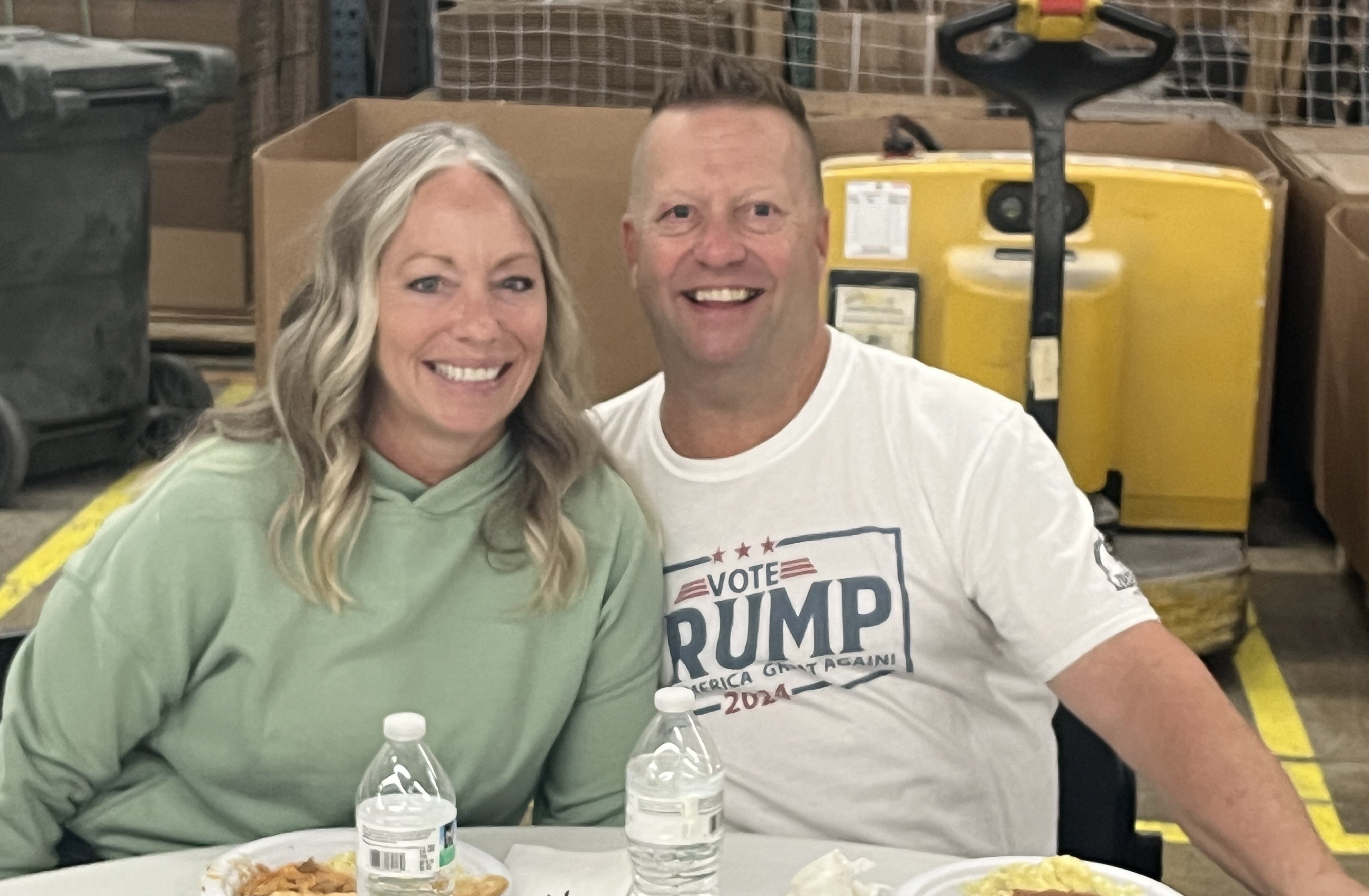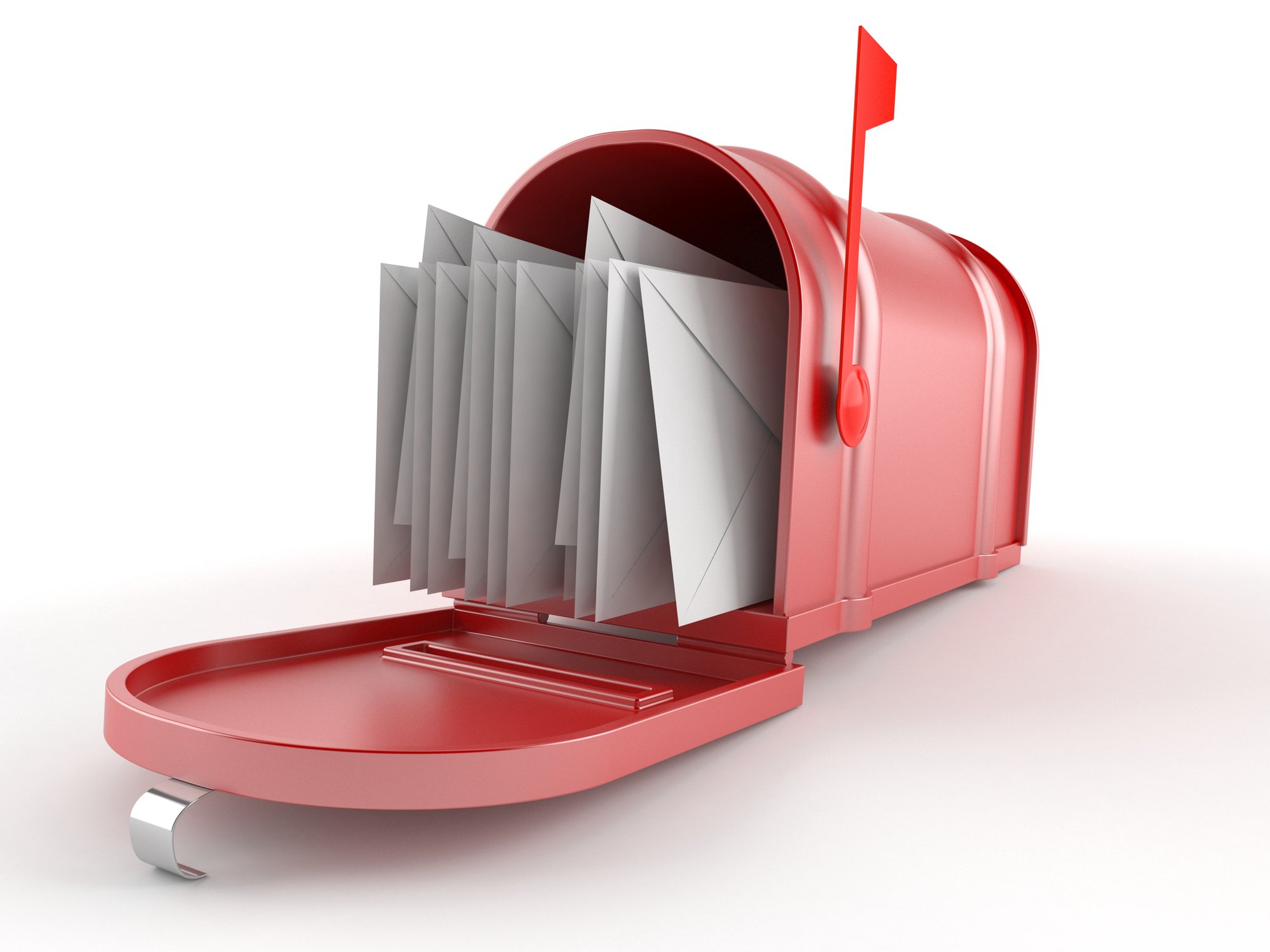September 29, 2016 at 10:08 AM
The Power of Parcels - A Quick Guide to Dimensional Mail and Marketing Parcels
When was the last time you received a birthday present, wrapped in decorative paper, tied with a brightly colored ribbon, and you chose not to unwrap the gift? If you’re like me the answer is never. What’s in the box? Shake it. Does it make a noise? Is there something loose inside rattling around? How heavy does it feel? What could fit inside? These are some of the thoughts that might go through your mind.

The motivation to open the gift is curiosity. You’ve likely heard the old saying, curiosity killed the cat. Curiosity is a powerful motivator, powerful enough in the case of the cat to lead to its own demise. Motives are the psychological triggers which influence our behavior and decision making process, and curiosity is a construct in the psychology of motivation. According to The Oxford Handbook of Human Motivation (P. Silvia, 2012) some of the major strands of thought on curiosity suggest curiosity is a motive to reduce negative states such as gaps in information, and is a source of intrinsic motivation that fosters learning. Curiosity is literally part of the human condition.
It is the power of curiosity which makes marketing parcels, also called dimensional mail, such an effective tool to the marketer. According to the Direct Marketing Association a typical response rate is 4% for dimensional mail. However, much higher response rates for marketing parcels are not uncommon. Well-planned marketing parcel mailings can easily garner outstanding response rates with significant ROI.
So what exactly is a Marketing Parcel? These are Commercial Parcels designed to mail at Standard mail rates and eligible for postal discounts based on physical standards and mail preparation. Here are the basic qualifications.

- Height not more than 9 inches high. Minimum height must be 3-1/2 inches if the parcel is 1/4 inch thick or less.
- Length not more than 12 inches long. Minimum length must be 5 inches if the parcel is 1/4 inch thick or less.
- Thickness at least 0.009 thick, but not more than 2 inches.
- Each piece must weigh less than 16 ounces.
- Minimum mailing of 200 pieces is required.
If you are planning a large mailing you will want to design your parcel as machinable so it can be run on parcel sorters, which will qualify your mail for the lowest available postage rates for parcels
- Not less than 6 inches long, 3 inches high, 1/4 inch thick, and 6 ounces in weight.
Parcels can be smaller and lighter and qualify as Lightweight Machinable parcels if it meets the following:
- The mailpiece is rectangular, weighs between 3.5 to 6 ounces, is between 1.5 to 3 inches thick, is at least 6 inches long, and 3.5 to 5 inches high.
- Mailpieces weighing at least 5 ounces but less than 6 ounces must be within the following dimensions: 3/4 inch to 6 inches thick, between 6 to 12 inches long, 3-1/2 to 9 inches high.
If you intend to mail product samples additional rules apply. Talk to your printer or mailer. To learn more click HERE to visit the USPS website.
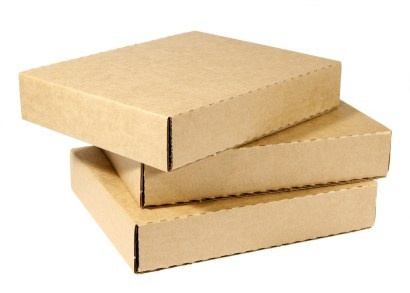
The following guide will answer many of your questions and help you make key decisions as you plan your own marketing parcel mailing.
1st – Determine your best possible prospects and clearly define your target audience.
Marketing parcels cost more to produce than other types of direct mail, so it is absolutely essential to get your parcel into the hands of your ideal target audience. The best audience is your existing or former customers, followed closely by prospects with which you have had previous contact. You know who your customers are, so the key is finding prospects that are like your customers. If you don’t have a data or marketing analytics professional on your staff you may want to consider utilizing the services of one of the national database list providers. They can run your house list against their database and provide you with a report that breaks down your database by age, gender, education, geography, income, to name a few. You may find the average age of your customers is younger than you thought, or you have more female than male customers.
2nd - Carefully consider which type of list will best suit your needs.
The quality of your list is a big factor in determining the success or failure of your mailing. If your best prospects are existing or former customers than your best list is your own house list. If you need to expand beyond your house list you will need to buy a list. You have choices. Compiled data includes records from a wide variety of sources such as public records and self-reported on-line surveys, and there are hundreds of millions of records and dozens of demographic selects available. Spend extra on additional demographic criteria selections. More narrowly defining the list will result in higher response rates. Managed lists are usually more specific, such as magazine subscribers, donors to Non-Profit organizations, and membership rosters from clubs and associations. The benefit of managed lists is the ability to match a list to your ideal target audience. The downside is the list may not include enough records within a specific geographic area. A good example of this would be a veterinarian clinic wanting to mail to specific zip codes in their area might only find a dozen available records from a subscriber list to Cat Fancy.
3rd – Design your marketing parcel.
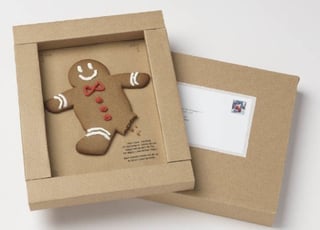
One school of thought on design and branding takes advantage of the fact that curiosity is highest when the least information is provided. For this reason branding is kept to a minimum or excluded entirely. A good example would be a small, white box with an address label printed with return address, mailing name and address, intelligent mail barcode, and postal indicia. This type of format includes the required information to meet postal rules and qualify for postage discounts, but offers nothing to suggest the contents. This type of package also happens to be one of most affordable options. Easy-fold mailers are available in a variety of sizes and colors. There are many options manufactured from fiber board and thin, corrugated cardboard available to purchase from office supply retailers and wholesalers and from paper products distributors. At the opposite end of the spectrum is full incorporation of brand identity into the design. Marketers with bigger budgets or corporate brand standards to adhere to will often design custom packaging requiring offset 4-color process printing on heavy weight paper stocks such as 24pt cover. Commercial printers have the ability to produce many different textures and special effects using coatings applied on press, so there are endless design possibilities. Studies have shown that open rates for all direct mail are higher when pieces are printed using bright colors. If you need inspiration ask your printer for samples.
4th – Craft a personally relevant message.
You can accurately identify your target audience, put together a list of your best prospects, design and produce a parcel with the best chance of being opened, and have a disaster in terms of response rate. Why? Because your offer and call to action failed to motivate. In order to solicit a response it is essential to make a personal connection with the recipient. Your message must be timely and personally relevant. Your offer must be worthwhile. You need a clear, concise call to action. Tell the audience what you want them to do. Make it easy for them to respond by giving them multiple ways. Take the guesswork out of the equation. Too many steps involved and the prospect will quit. If your message and offer are generic and applicable to anybody there is no point in producing a marketing parcel. Save your money and mail a postcard. Marketing parcels are best suited to offers directed to a very specific, small audience. The concept of One to One marketing has been around a long time. It is well established that response rates increase when the messaging is highly personalized. Digital printing enables marketers to design contents, such as letters, brochures, reply cards, and flyers with personalization using variable data from your list. Use the recipient’s name in multiple places. Consider including other variable data or variable imaging relevant to your offer and the audience. For example, a piece designed to increase foot traffic to various retail outlets could include a map on a letter or flyer directing the recipient to the nearest location. A donation solicitation for a Non-Profit might include listing previous donation dollar amounts and request specific donation amounts based on the previous giving. Create a personal conversation between you and your customer or prospect. Keep in mind that the more components in your package you personalize will require name matching during assembly and this will increase production costs.
Marketing parcels have generated response rates well into double digits for many marketers. People like to receive packages. They are much more interesting than the typical direct mail and really stand out, and more importantly get opened. The USPS offers postage discounts which can help make doing a marketing parcel mailing affordable. Doing test mailings to a small audience is a good way to fine tune your design and messaging. Once you hit the right mix of list, design, and offer you can safely scale up to larger quantities. There are numerous possibilities when it comes to list acquisition, package design, printed components, and production techniques. Talk to one of our sales representatives and find out more about how you can experience the power of parcels in your next direct mail project.
Popular Posts
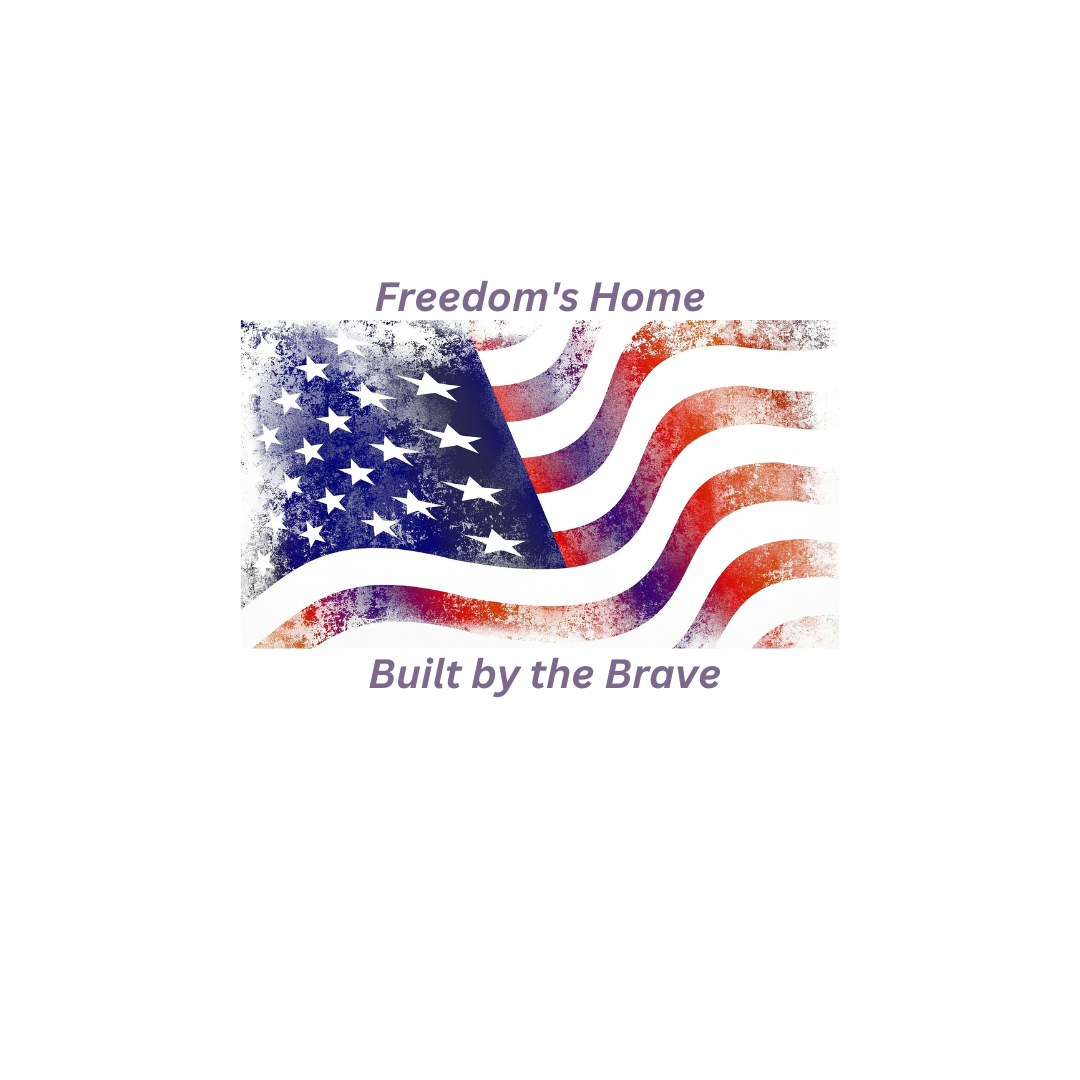
Memorial Weekend
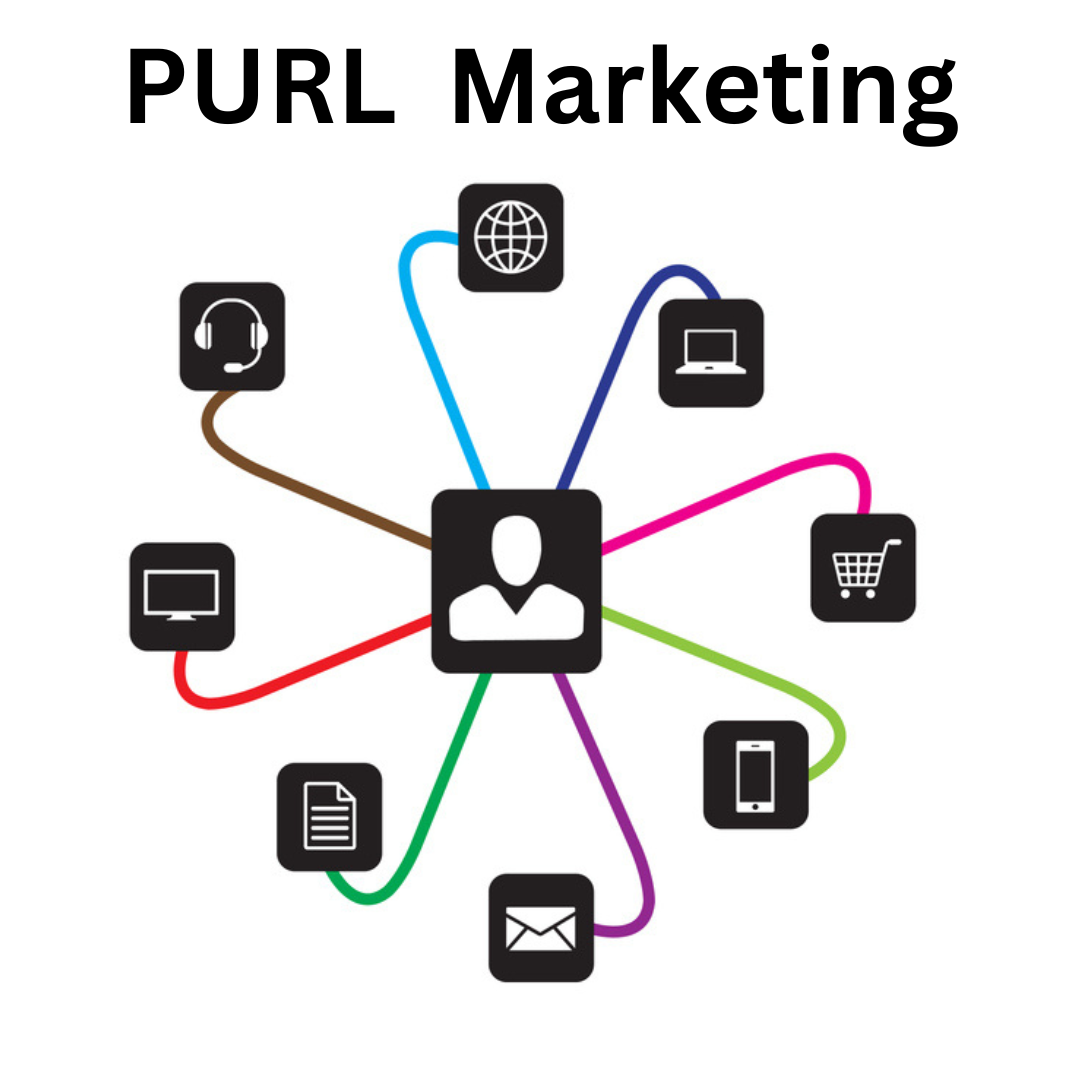
Landing Pages
Learn Why Omnichannel Marketing is Trending
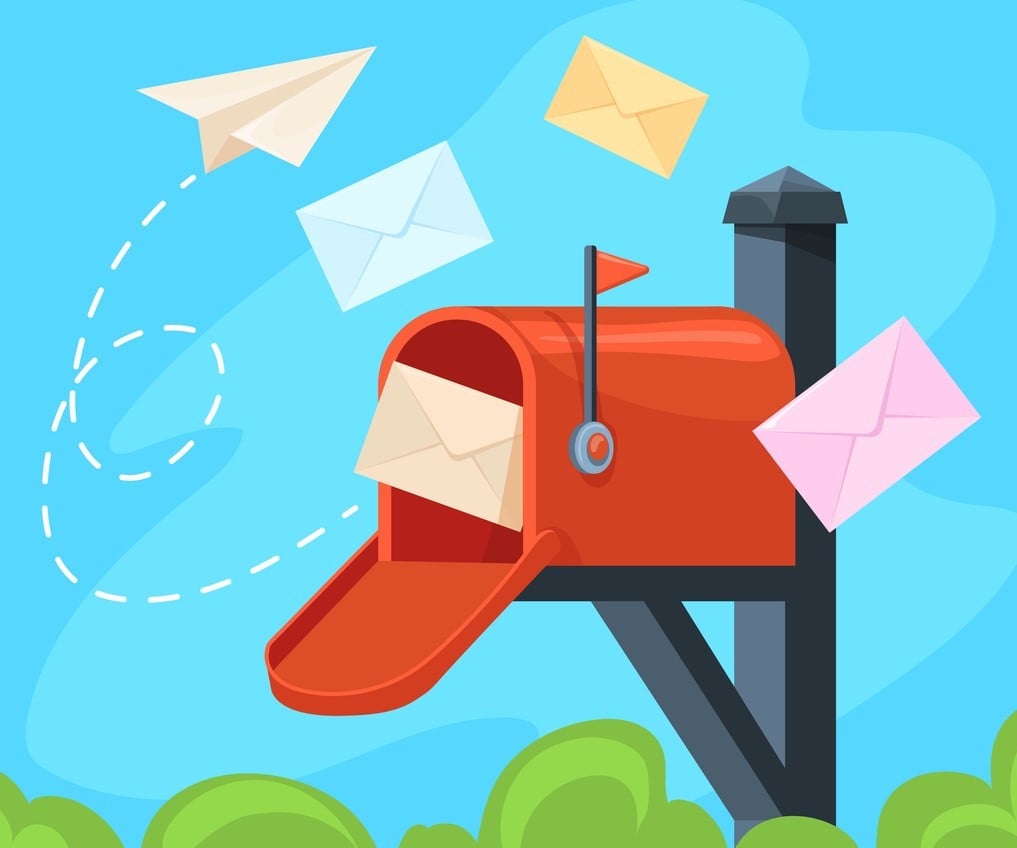
Direct Mail



